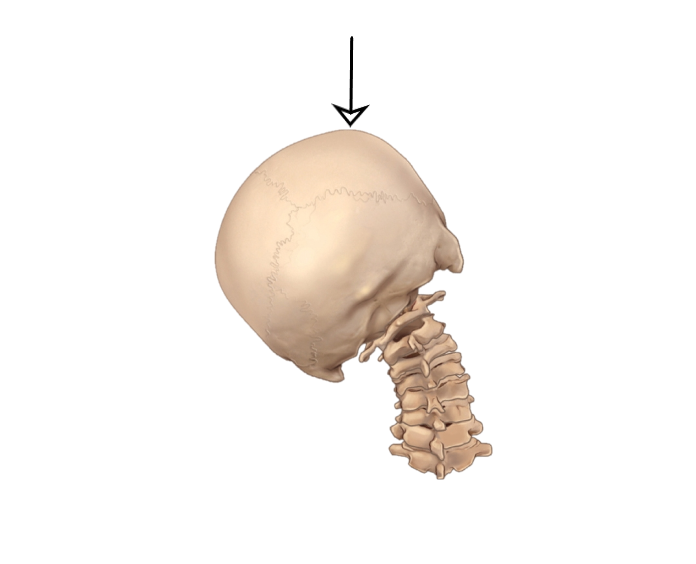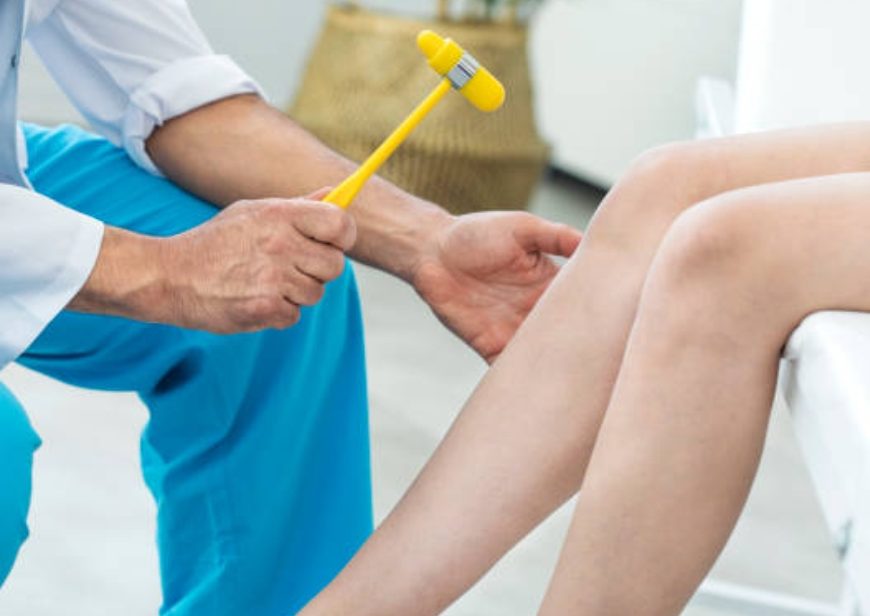Anterior Drawer Test
Purpose of Anterior Drawer Test (anterior glenohumeral instability): To test if there is an anterior instability of the glenohumeral joint. Patient position: Supine lying. Examiner position: Stand facing the patient’s affected side. Procedure: Place the patient’s affected shoulder just over edge of the examination table. Assuming the patient’s left shoulder is being tested, fix the patient’s left hand in the examiner’s right axilla by adducting … Continue reading Anterior Drawer Test


